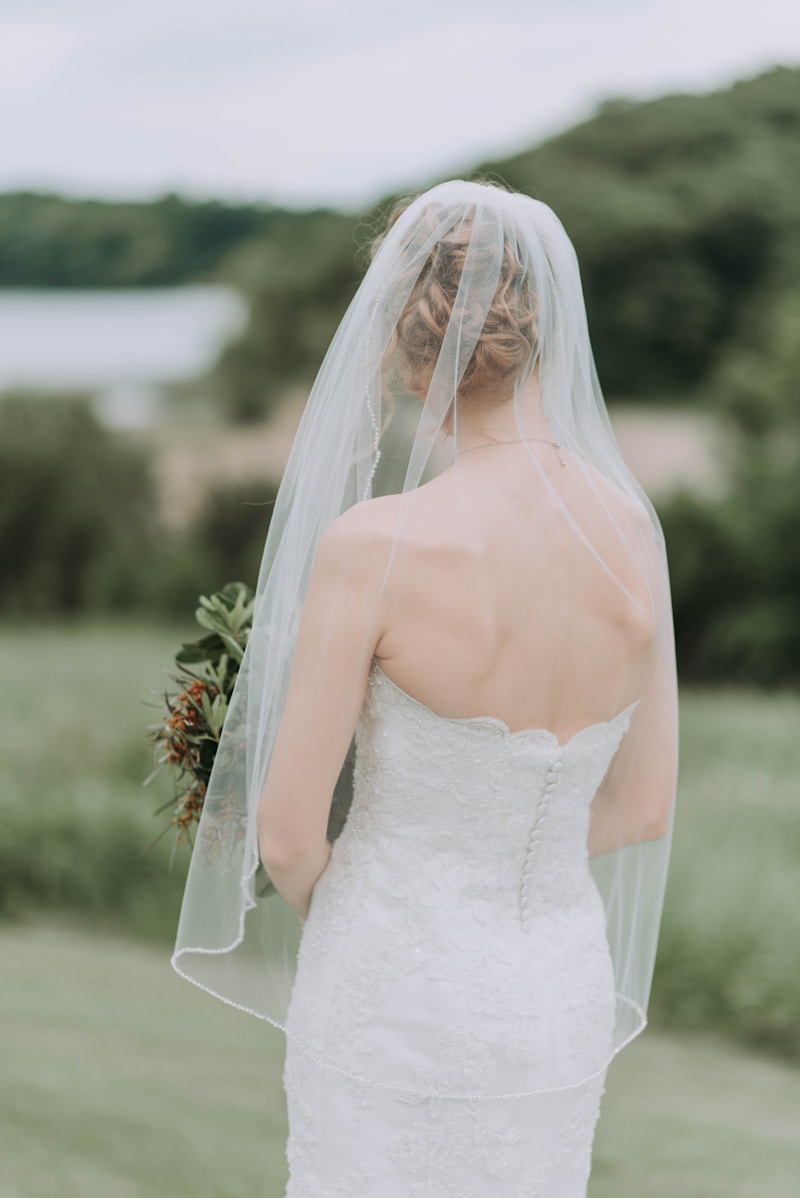Balancing Wedding Budget with Dress Decisions: A Complete Guide
Planning a wedding can be an exhilarating but challenging experience. One of the primary concerns for many couples is finding a way to balance their wedding budget with dress decisions. From choosing the perfect gown to ensuring that all expenses align with your overall financial plan, it’s crucial to approach this task strategically. In this article, we'll explore how to maintain a harmonious balance between your wedding budget and your dress choices, offering tips, insights, and a practical framework to aid your decision-making process.
Understanding Your Wedding Budget
Before diving into dress decisions, it's essential to establish a clear understanding of your wedding budget. According to recent surveys, couples in the United States spend an average of $34,000 on their wedding, with attire often taking up a substantial portion of that total. Here's a simple budget breakdown:
| Wedding Expense Category | Percentage of Total Budget |
| Venue | 30% |
| Attire (Dress, Suit, Accessories) | 10-15% |
| Catering | 25% |
| Photography & Videography | 10% |
| Flowers & Decorations | 8% |
| Band/DJ | 5% |
| Other Expenses | 5-10% |
Understanding this distribution can not only help you prioritize your spending but also identify areas where you can save or splurge. One essential part of this equation is the wedding dress.
The Importance of the Wedding Dress
The wedding dress is often considered the centerpiece of the bridal experience. It symbolizes love, commitment, and personal style. However, it can also be one of the most significant expenses in your overall wedding budget. Here are several factors to consider when integrating dress decisions into your budget:
1. Setting a Dress Budget
Determine how much you can comfortably allocate to your wedding dress without jeopardizing other essential aspects of your wedding. Generally, a budget of 10-15% of your total wedding budget is a good target. If your overall budget is $34,000, that means you should aim for a dress budget between $3,400 and $5,100. This allocation allows you to find options within your price range while keeping the overall budget in check.
2. Dress Shopping Strategies
Dress shopping can be a daunting task, especially with so many styles and prices available. Consider these strategies to ease the process:
- Research: Spend some time researching styles, designers, and average prices. Websites such as The Knot or WeddingWire can provide insights into the latest trends and average costs.
- Sample Sales: Keep an eye out for sample sales at local bridal boutiques. These events can allow you to snag designer gowns at significant discounts.
- Online Shopping: Consider reputable online retailers. Gowns found online can be a fraction of the price of traditional bridal shops.
- Consider Consignment Shops: Look into buying a pre-owned dress. Consignment shops often have beautiful gowns in excellent condition for much less than retail prices.
3. Accessories and Alterations
Don’t forget to budget for accessories (veil, shoes, jewelry) and alterations. These additional costs can add up, so ensure you account for them in your overall dress budget. Usually, it's wise to allocate about 20% of your dress budget for alterations.
Creative Ways to Save on Your Dress
Saving money doesn't have to mean compromising on style. Here are some creative ways to save money while still achieving the wedding dress of your dreams:
1. Rent Your Dress
Many brides are opting to rent their wedding dress instead of purchasing it outright. Rental companies often carry designer gowns at a fraction of the retail price, allowing you to wear stunning attire without the hefty price tag.
2. DIY Projects
If you're crafty or know someone who is, consider making alterations or adding unique elements to your dress. Simple DIY additions, such as personalized embroidery or embellishments, can add a special touch without breaking the bank.
3. Focus on Fabric and Design
Simpler designs can often be more affordable and timeless. Look for dresses with structure that allow the fabric to speak for itself. Lace, silk, or chiffon can provide elegance while remaining within your budget. Also, explore options with fewer embellishments—this can lead to considerable savings.
Maximizing Value
When choosing your wedding dress, consider the value it brings beyond aesthetics. Think about how you’ll feel in your dress, how it aligns with your wedding theme, and how it will photograph. Prioritizing emotional value often leads to greater satisfaction and justification of your expenditures.

Final Thoughts on Balancing Wedding Budget with Dress Decisions
In conclusion, balancing your wedding budget with dress decisions is an intricate dance that requires careful planning and thought. By understanding your overall budget, setting a reasonable dress allocation, and employing savvy shopping techniques, you can find a beautiful gown without overspending. Remember to prioritize what truly matters: your comfort and happiness on your special day.
As you move through your wedding planning process, don’t hesitate to adjust and reevaluate your needs. Flexibility is key, and thoughtful decisions will lead to a memorable and fulfilling wedding experience. Always keep your budget in the forefront of your mind, and with a little creativity and careful strategy, you can achieve the wedding dress of your dreams while maintaining financial stability!
Happy planning!